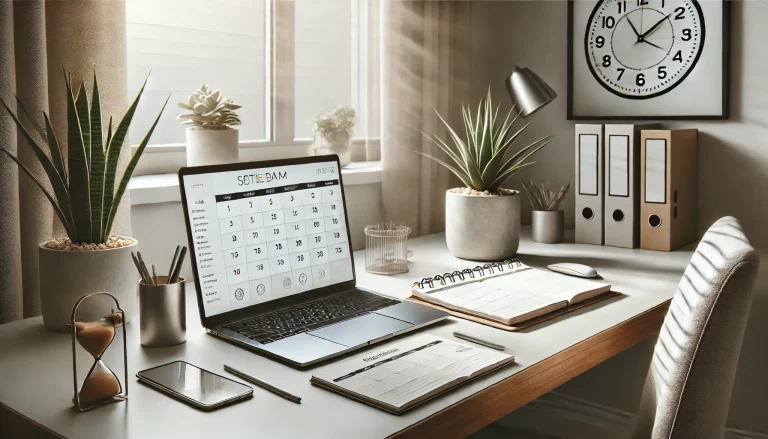

In today’s world, we’re constantly bombarded with distractions — from work emails to social media notifications, to the pressures of daily life. Minimalism offers a way to cut through the noise, creating space for mindfulness and deeper awareness. By simplifying your life, you can tune into the present moment and increase your mental clarity.
In this article, we’ll explore how minimalism can help you cultivate mindfulness by reducing distractions and focusing on what truly matters.
A cluttered environment can make it difficult to focus and be present. Minimalism encourages you to declutter your physical space, creating a peaceful environment that supports mindfulness.
How to create a peaceful environment:
A peaceful environment sets the stage for mindfulness and mental clarity.
A busy, overbooked schedule can leave little room for mindfulness and self-care. Minimalism helps you simplify your daily routine, so you can focus on what’s important and live more intentionally.
How to simplify your schedule:
Simplifying your schedule helps you create more space for mindfulness and awareness.
Minimalism encourages you to embrace mindful eating — paying attention to what you eat, how you eat, and how food makes you feel. By focusing on the present moment while eating, you can improve your relationship with food and enhance your overall well-being.
How to practice mindful eating:
Mindful eating encourages deeper awareness and fosters a healthier relationship with food.
Minimalism encourages you to be more intentional in your relationships. By simplifying your social life, you can focus on building deeper, more meaningful connections.
How to be present in your relationships:
Being present in your relationships fosters deeper connections and emotional well-being.
Technology is one of the biggest sources of distraction in our lives. Minimalism encourages you to simplify your digital life by reducing the number of apps, notifications, and online activities that distract you from the present moment.
How to reduce digital distractions:
By reducing digital distractions, you create more space for mindfulness and presence.
Minimalism encourages you to focus on self-care practices like deep breathing and meditation, which help reduce stress and increase mindfulness.
How to practice deep breathing and meditation:
Deep breathing and meditation help cultivate mindfulness and inner peace.
Minimalism and slow living go hand-in-hand. Slow living encourages you to take your time and savor the present moment, instead of rushing through life.
How to embrace slow living:
Slow living fosters mindfulness by encouraging you to live intentionally and savor each moment.
Overthinking can be a major barrier to mindfulness. Minimalism helps you simplify your thoughts by encouraging you to let go of mental clutter and focus on the present moment.
How to let go of overthinking:
Letting go of overthinking helps you stay present and fosters emotional clarity.
Minimalism encourages you to simplify your goals, focusing on what’s truly important and meaningful to you. By simplifying your goals, you can reduce overwhelm and increase clarity, allowing you to live with more focus and intention.
How to simplify your goals:
Simplifying your goals helps you stay focused and increases your sense of accomplishment.
Minimalism isn’t just about reducing possessions — it’s about creating a life that supports mindfulness and presence. By simplifying your environment, schedule, and digital life, you can cultivate mindfulness, reduce stress, and live more intentionally.
Remember, less is often more when it comes to living a mindful and fulfilling life.